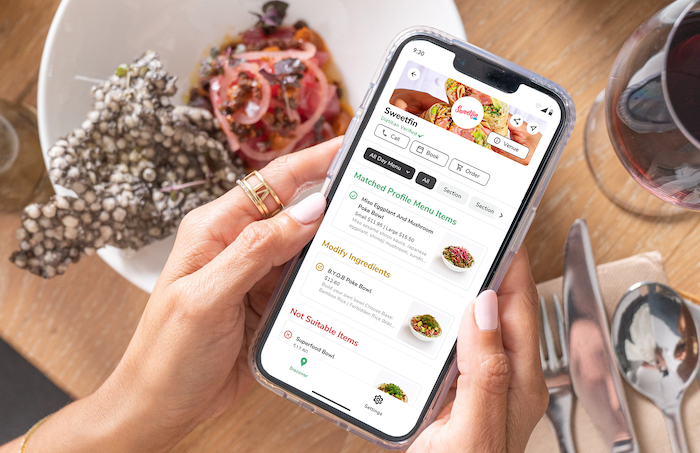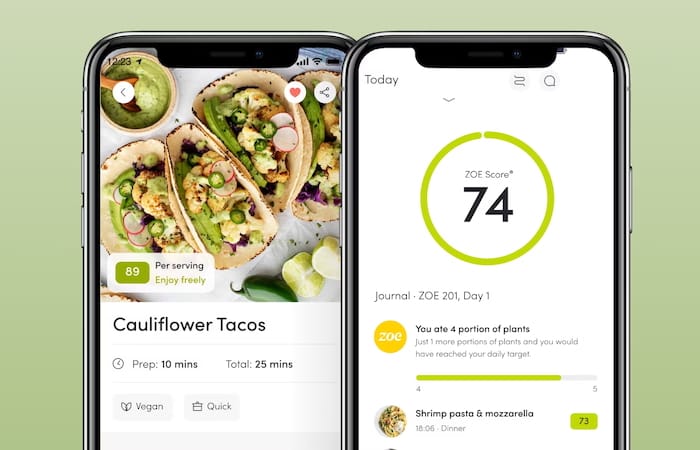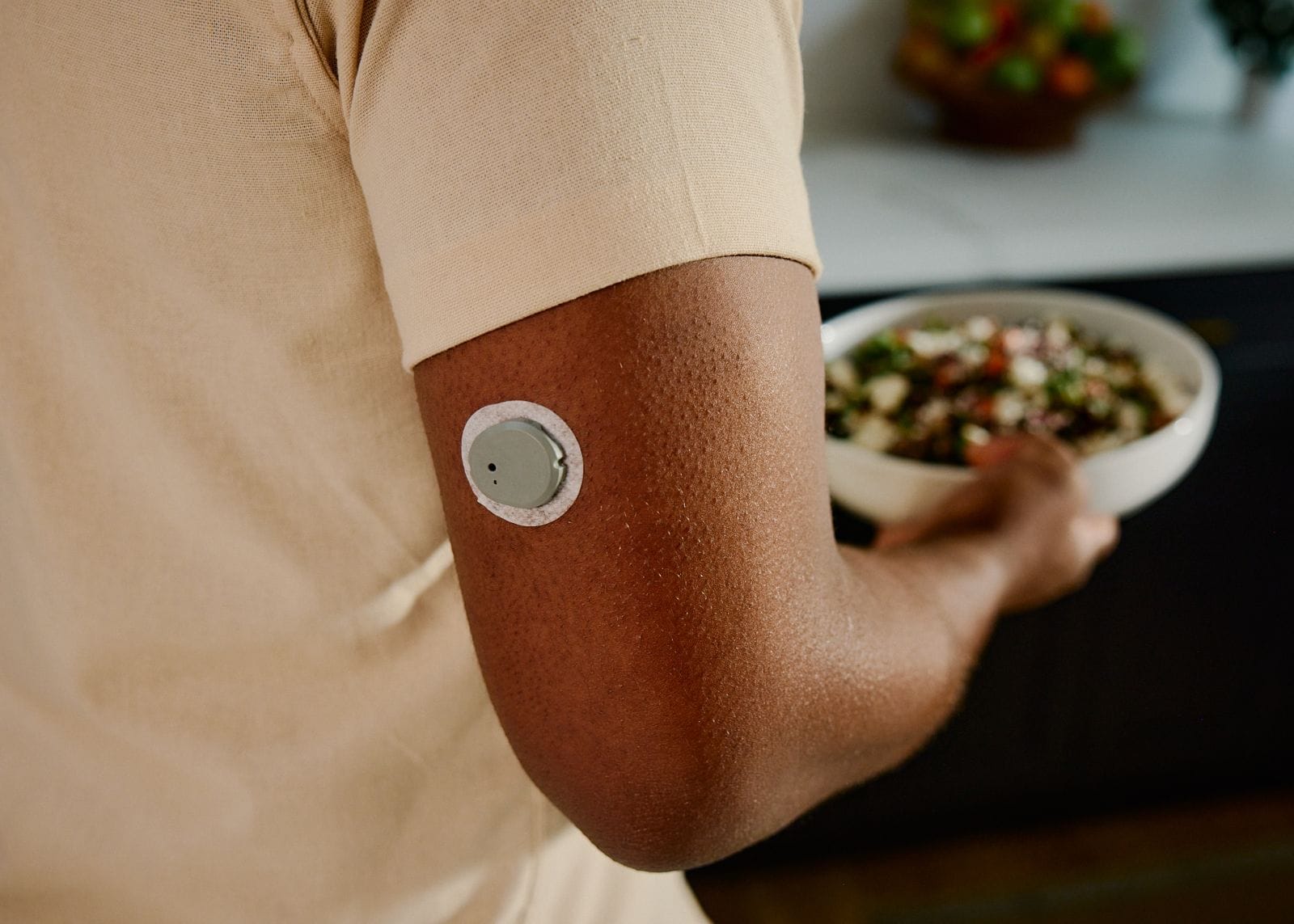Read Time
5 min
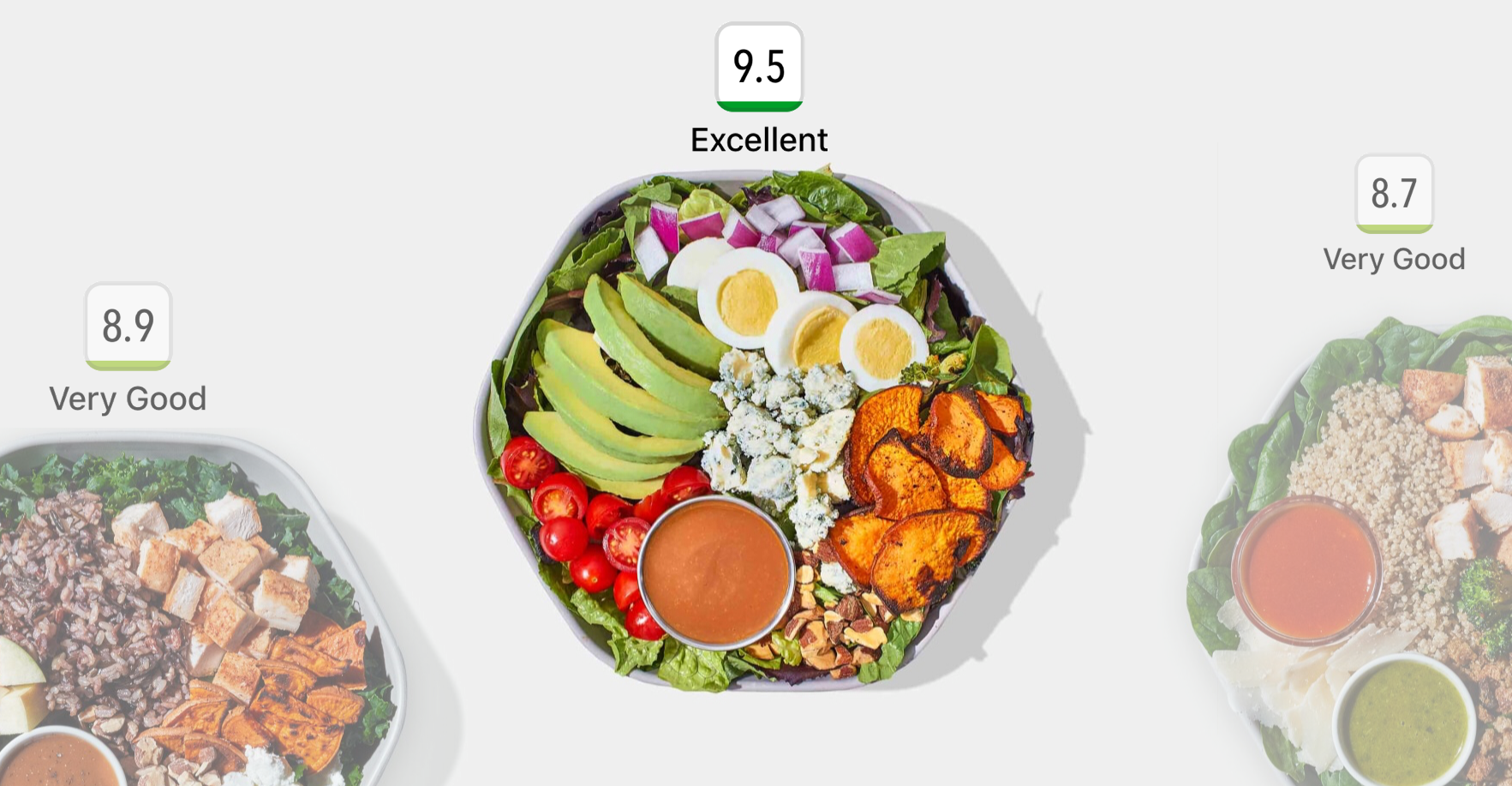
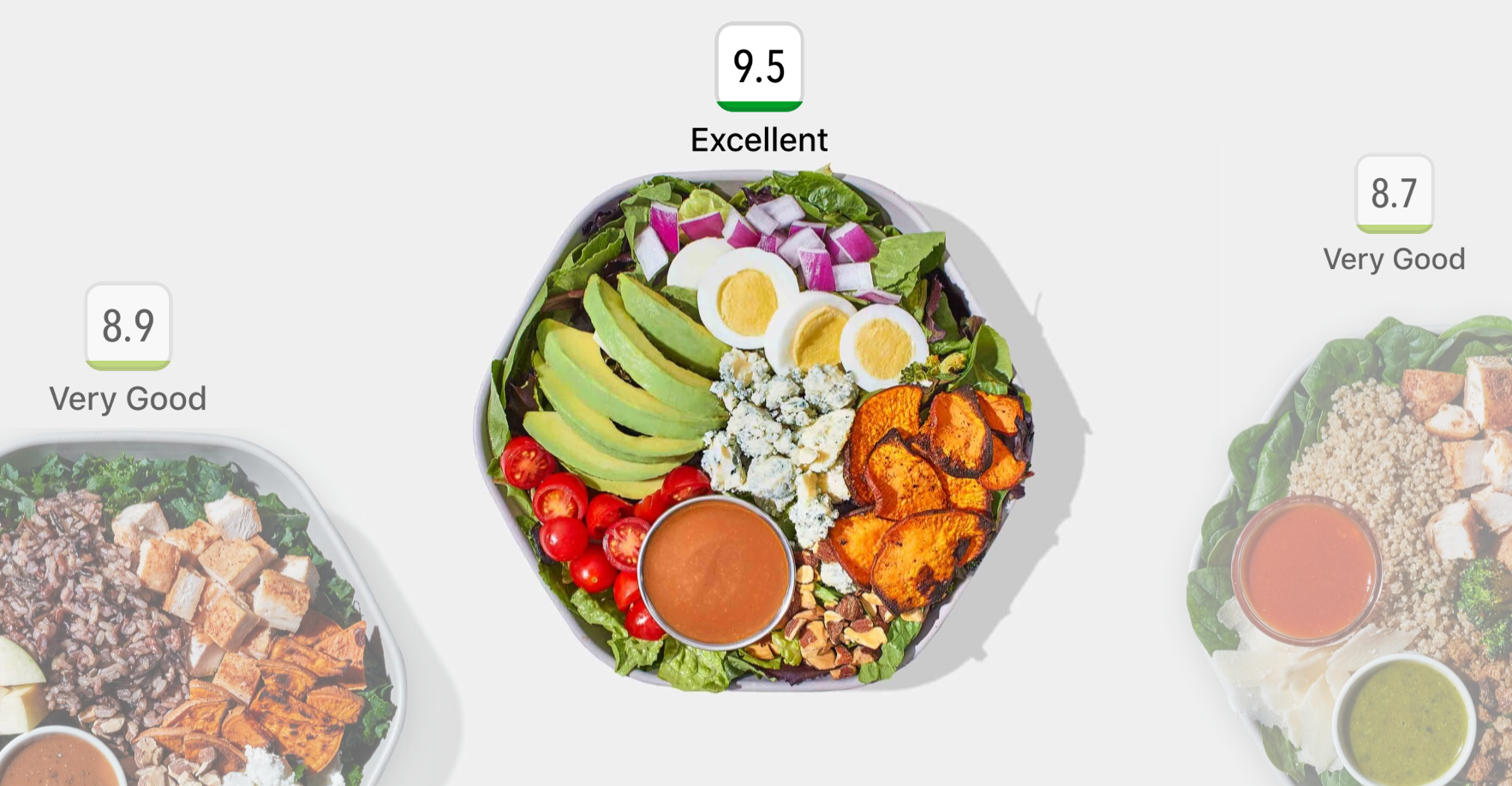
Over half of our bodies aren’t human, but rather foreign bacteria cells we’ve inherited from the womb, our diets, and our environment, mostly housed in our gut. If you were to pick two people at random, they’d share over 99% of similar DNA but only up to 10% of the same microbes. While we can’t change our ancestry, we can easily change our microbiome through diet and lifestyle. That’s why when it comes to nutrition, there’s no one size fits all solution– at least that’s what Weizmann Institute Professors Eran Seigal and Eran Elinav have discovered. Their 2015 double-blind study found its 800 subjects’ post-meal glucose responses to drastically differ after consuming identical meals. Last year, the study was successfully replicated by the Mayo Clinic. Further, the study found that gut microbiota was highly correlated with glucose responses. Maintaining stable blood glucose levels isn’t just crucial for diabetics, it’s linked to everything from cancer risk to obesity and depression.
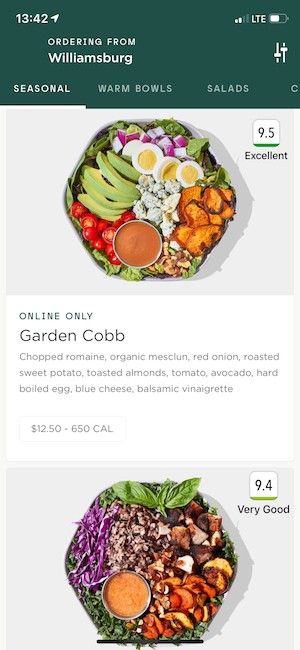
Back in the day, food companies touted low-fat and low-cal products to stay relevant. At the turn of the century, they shifted towards locally sourced and organic products, eventually giving way to today’s functional products that claim to make us “healthier.” But if we can change the inputs (food) that are inextricably tied to our gut and its subsequent storage/release of glucose, we can control for positive health outcomes. In the future, there will be a recommendation layer applied to many of our food choices. According to UBS, this personalized nutrition market could reach $64bn over the next two decades. Imagine granting Sweetgreen access to your gut microbiome data, browsing through its app’s menu and seeing a score next to each salad indicating its nutritional fit. Or even better, what if an algorithm created a salad or bowl that was tailored to you and only you?
20 years ago, we sequenced the first human genome, comprised of 20,000 genes. The human microbiome contains up to 1000x that number. Thanks to the advancements in sequencing techniques like 16S, metagenomics, and transcriptomics, we can now start to uncover correlations between our microbial ecosystem and many facets of our health. The cost of tests like DayTwo, Viome, and Psomagen are reaching a point of mainstream adoption beyond the diabetic audience they initially targeted. Last month, I decided to try DayTwo, an Israeli startup with $50mm in funding whose blood glucose response algorithm was licensed from Seigal and Elinav’s study. While other products like Viome rely on a blood sample, DayTwo’s shotgun metagenomic approach requires a stool sample. Here’s my experience:
- Unboxing
A two-way mailer box contains a paper “toilet accessory”, spatula, collection tube, and biospecimen bag.
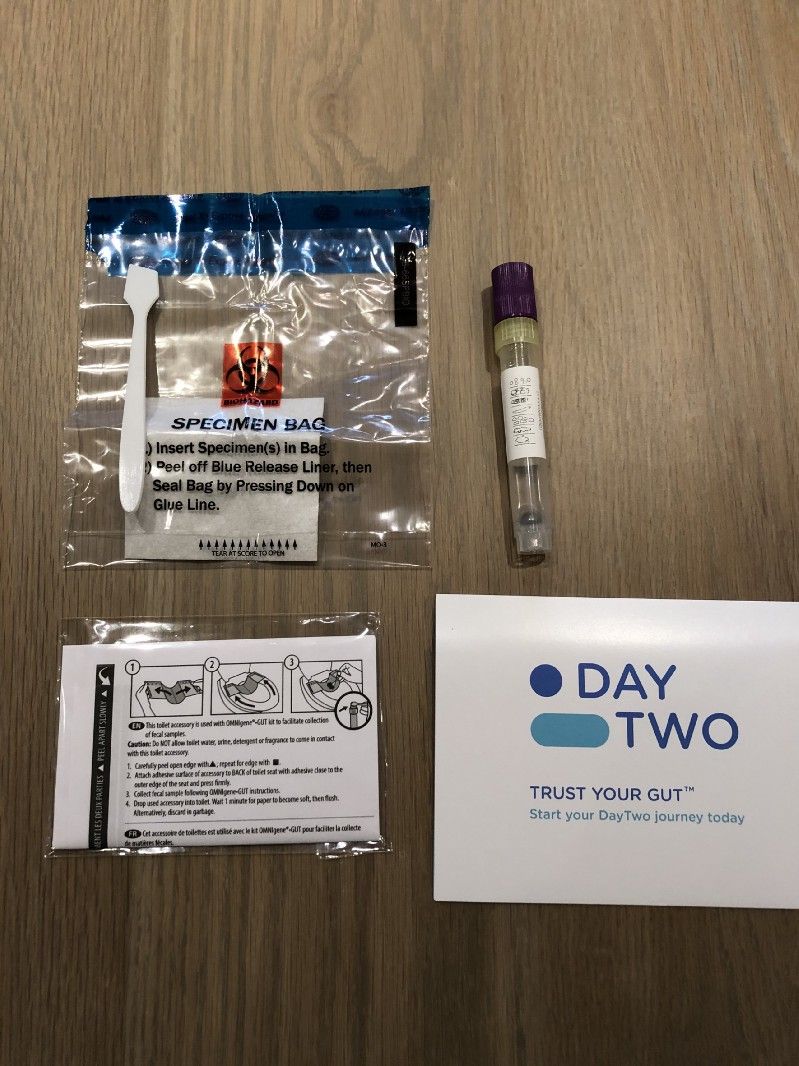
2. The fun part (skip this section if you’re eating while reading)
The toilet accessory attaches via an adhesive and is designed to catch your sample. After two failed attempts, I ended up using an old college trick– covering the toilet bowl with cellophane. The spatula allows you to gently fill the collector vile with a small amount of the sample. Once sealed, you shake the vial for 30 seconds, allowing the stabilizing liquid to mix with the sample until large particles are dissolved. Write in the date of collection, circle the Bristol stool type your sample resembles, and drop it in a mailbox.
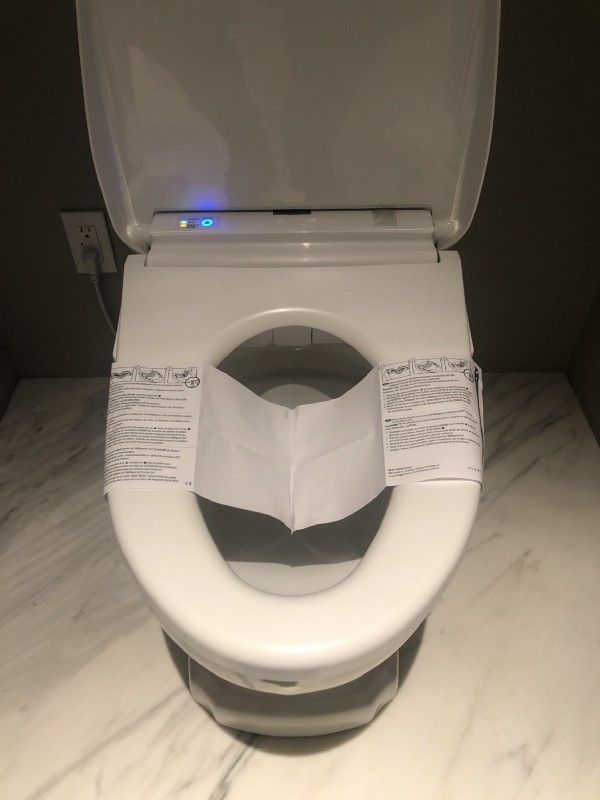
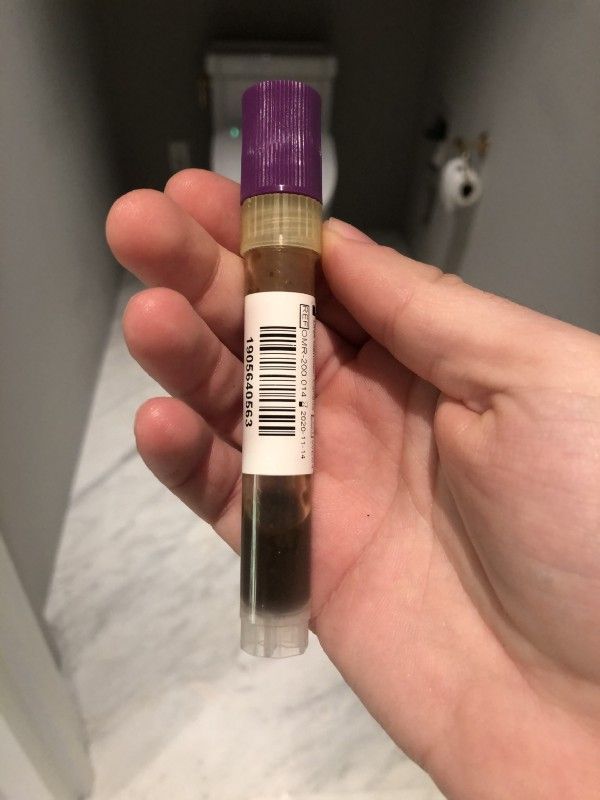
3. Results
Within about a month, I received a push notification on the DayTwo app informing me that my results had been analyzed and were ready to view. There’s a 42 page in-depth microbiome PDF report that intentionally doesn’t make any concrete suggestions and a bunch of personalized meals in the app. The kit purchase also includes sessions with a registered dietician to go over the ins-and-outs of the app recommendations as well as an analysis of the longer report, if you so choose.
The app recommends everything from breakfast items to Italian dishes ranked by a score from 1 to 10. Anything below a 7 will cause your blood sugar to spike, anything above a 7 will keep it stable. You can log your meals in a diary section, creating them by searching a very messy database of ingredients and dishes, but I have full confidence this will improve going forward. It’s helpful to understand the balancing act of constructing a healthy meal– is that bagel giving you a low score? Try adding in a fat or protein, cutting the portion or carbohydrates, and watch the number increase. Out of curiosity, I tried constructing a pastrami rueben in the app, which surprisingly gave me a shockingly high 8.7 score. When I brought this up with their nutritionist she reminded me that the in-app recommendations were purely optimized for blood glucose spikes, not the quality of our diet. Fair.
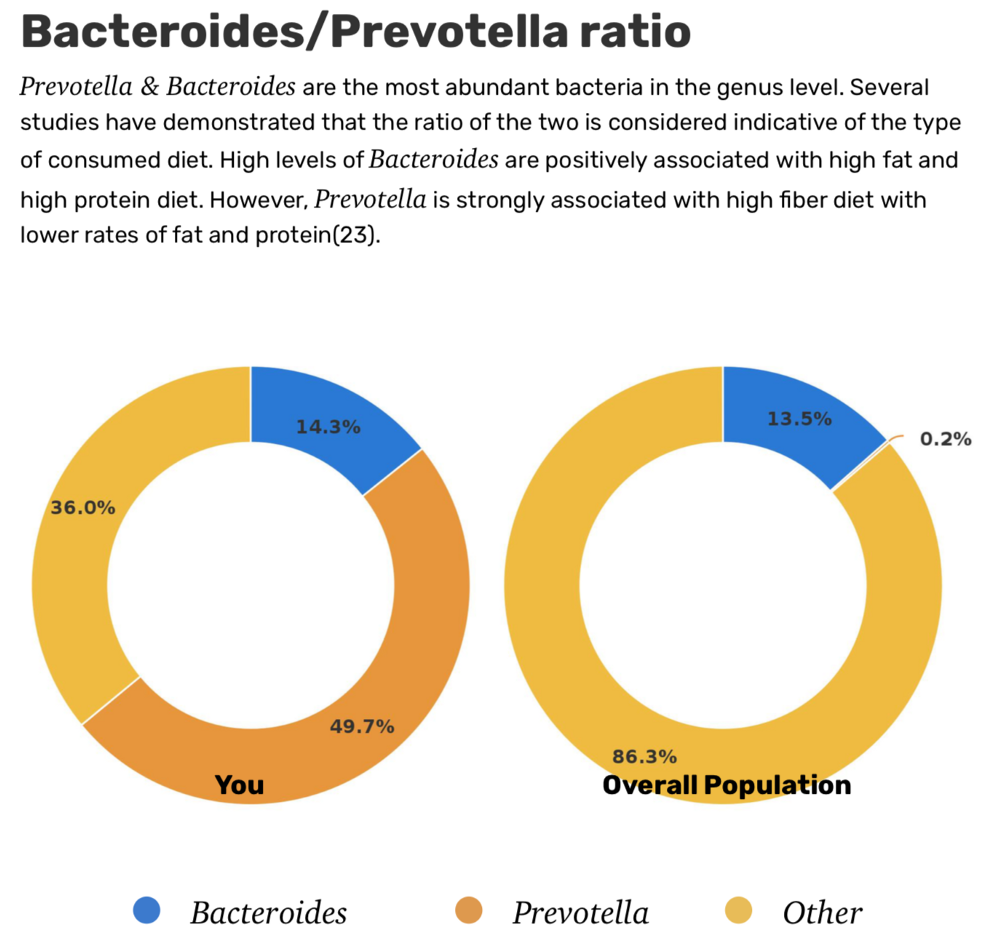
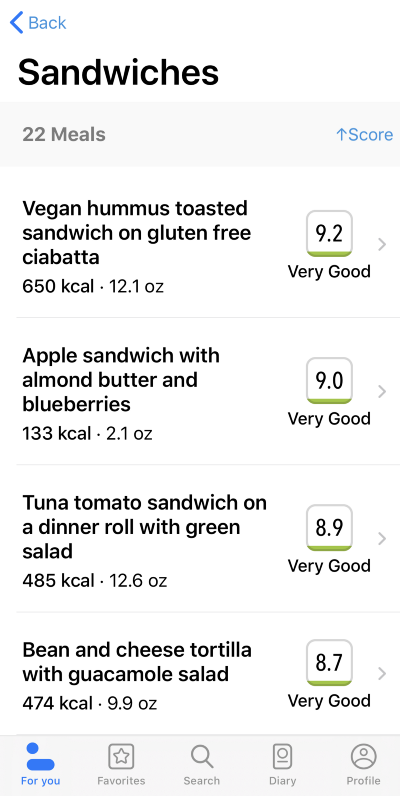
These scores are powered by a machine learning algorithm used to predict blood glucose response, leveraging data of ~50,000 meals logged with continuous blood glucose monitoring as well as two types of microbiome tests over the course of the week-long study. By comparison, NIH performed a study over four years with 3,000 participants divided into three cohorts: Metformin, lifestyle (ADA diet, caloric restriction, exercise), and placebo. DayTwo’s diet recommendations improved average glucose levels by over double NIH’s winning lifestyle change.
What’s currently missing from DayTwo’s app are personalized recommendations to improve your gut health. That makes sense as there are tens, if not hundreds of trillions of microbes in our gut and relatively little research. However, curious enthusiasts like tech veteran Richard Sprague have performed over 600 individual microbiome tests, including a continuous years worth while working for the now defunct uBiome. Through his experiments, he’s found that drinking Kefir and large amounts of Kombucha have altered his microbiome while, as Professors Segal and Elinav’s research has confirmed, taking general probiotics have not. Today, the best options we have are whole foods, fasting, travel, and even sticking kimchi up your nose.
We’re clearly in the early innings of this revolution, but it’s likely that services like DayTwo will have a publicly available API that enables any digital menu to display a score alongside each dish or ingredient that’s personalized to your gut. It may require shoveling your 💩 into a tube, but in the long run it will sure be worth it.


